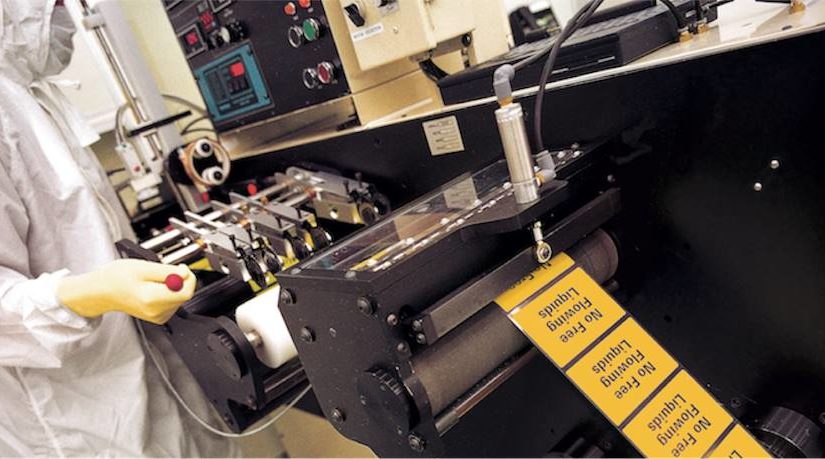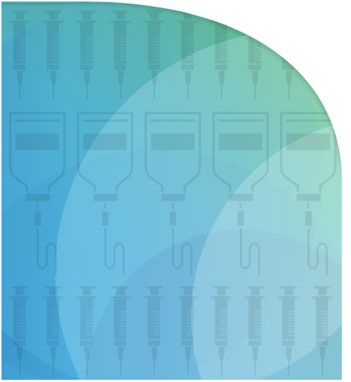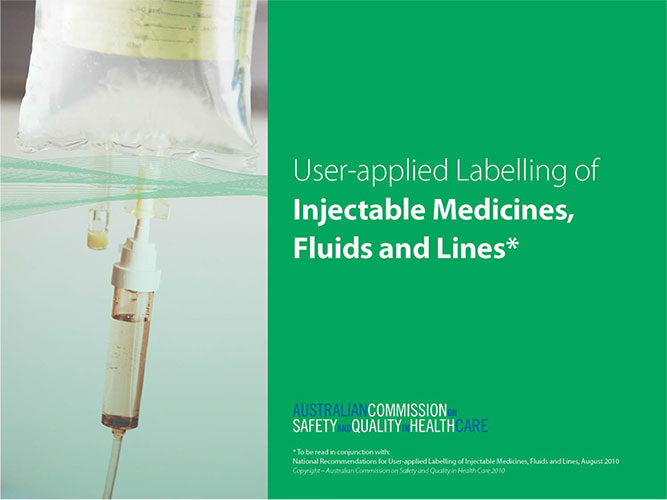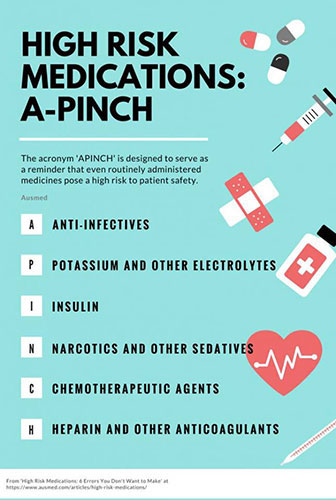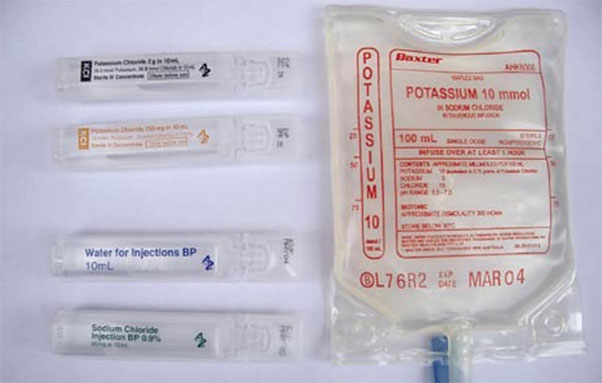Mermed is committed to patient safety using the latest innovation and technology. It is important that surgical environments stay free of small particles that can cause complications for post-op patients. For that reason, Mermed’s staff are heavily invested in ensuring all Mermed products are decontaminated and safe for use in surgeries and other health care applications.
Mermed’s cleanroom is an integral part of our business. Controlling the environmental conditions allows us to produce products that are guaranteed to be sterile. Since the beginning of Mermed’s entry into surgical labels the staff have been doing all packaging inside a small clean room only 4 meters by 3 meters. That might sound like a decent size, but once you add in work benches, machinery and staff the room can get quite squishy. With the success and growth that Mermed has seen we’ve made the decision to expand the cleanroom to keep up with the demand of orders.
Cleanroom Technology
A cleanroom is an environment, typically used in manufacturing pharmaceutical products, scientific research and aerospace semiconductor engineering applications. A cleanroom has a controlled level of contamination that is specified by the number of particles per cubic meter. To give perspective, the ambient air outside in a typical urban environment contains 35,000,000 particles per cubic meter in the size range 0.5 microns, corresponding to an ISO 9 cleanroom, while an ISO 7 cleanroom (like the one at Mermed) allows 352,000 particles in that size range.
Our clean room is a Laminar flow room. Air is drawn in through filters in the roof and pushed down through the cleanroom. The constant air flow pushes contaminate particles down and outside of the cleanroom through vents near the floor. Mermed’s Cleanroom is classed as ISO 7. Lab checks are done on a 12-monthly basis to ensure these claims are proven scientifically and consistently.



To ensure the room kept its ISO 7 rating two more HEPA filters were added giving us a total of three. The filters are mounted in the roof of the clean room and fans push air through them so that any particles are removed before entering the clean room. The fans maintain air pressure within the room which forces any particles in the room down and out through vents in the floor.
On the other side of the entrance to the clean room is the Anti-room. This room acts as an airlock to maintain air pressure, and minimise air from any source other than what comes through the HEPA filters.
In addition to tripling the cleanroom’s size, we’ve also added a pass through hutch which acts as a small air lock. The staff often move packaged stock in and out of the room and the pass through hutch allows them to do this without going through the clothes changing procedure that accompanies entry to the cleanroom.
The cleanroom expansion has allowed us to bring in more staff so that we can continue to process orders rapidly. Additionally the space will allow us to accommodate some new machinery which we will reveal at a later date.

